Asus A8R32-MVP Deluxe: First ATI RD580
by Wesley Fink on March 1, 2006 9:00 AM EST- Posted in
- Motherboards
Asus A8R32-MVP: Board Layout
Since the A8R32-SLI Deluxe is an upgrade to the current A8R-MVP, the best way to compare the two boards is to take a closer look at what has changed in the upgrade.
The only other layout change of any significance involves the PCIe slots. Asus has spread the 2 PCIe slots to a distance of 2 slots between the two x16 slots. This allows better video card cooling. It also requires a slight rearrangement of the available slots, but the total slots - 2 x16 PCIe, 1 x1 PCIe, and 2 PCI - remains the same.
If you look closely, you will see that the RD580 does not need a supplementary 4-pin Molex connection like the earlier 480, and that connector has been removed from the A8R32-MVP. We had no problems with stability of 2 video cards, even with dual X1900XT video cards, so the extra power connection is not necessary for stable dual video on the A8R32-MVP.
The rest of the updates to the A8R32-MVP Deluxe are not so obvious at first look.
The ALC882 has superb specifications, providing five 24-bit stereo DACs and three 20-bit stereo DACs driving the multimedia features. All DACs provide sample rates to 192kHz and up to 4 channels of microphone input are supported. Signal-to-Noise ratio is specified to be greater than 103dB. Realtek features the ALC882 as a premium HD part.
Another addition that justifies the Asus move of the A8R32-MVP to the Deluxe moniker is the addition of a second Gigabit LAN. Where the A8R has just the slower PCI Gigabit Ethernet, the A8R32 adds a second full-speed Gigabit LAN on the PCIe bus. This will be an important addition for some buyers.
The refinements to the A8R32-MVP Deluxe layout are subtle, but they improve on the already excellent design of the A8R-MVP. Asus has a reputation for paying attention to details in their board layouts, and they do not disappoint with the A8R32-MVP.
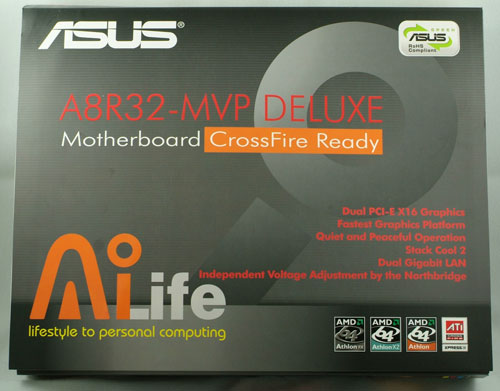
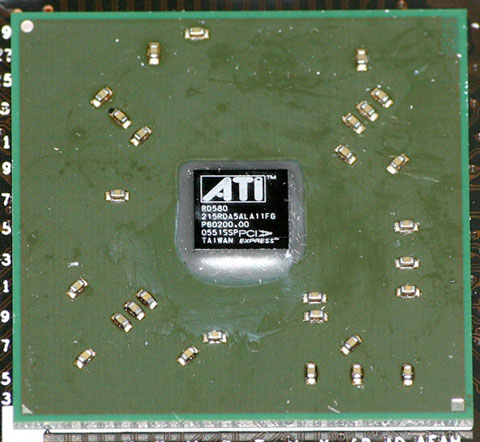

Since the A8R32-SLI Deluxe is an upgrade to the current A8R-MVP, the best way to compare the two boards is to take a closer look at what has changed in the upgrade.
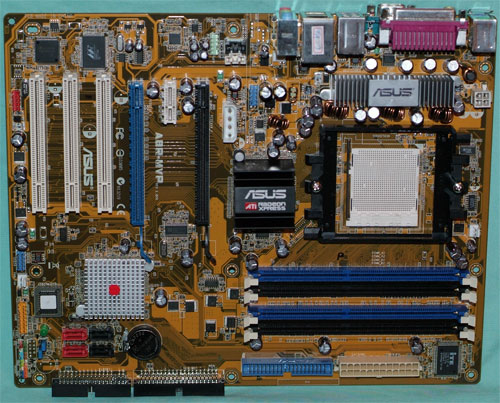
The only other layout change of any significance involves the PCIe slots. Asus has spread the 2 PCIe slots to a distance of 2 slots between the two x16 slots. This allows better video card cooling. It also requires a slight rearrangement of the available slots, but the total slots - 2 x16 PCIe, 1 x1 PCIe, and 2 PCI - remains the same.
If you look closely, you will see that the RD580 does not need a supplementary 4-pin Molex connection like the earlier 480, and that connector has been removed from the A8R32-MVP. We had no problems with stability of 2 video cards, even with dual X1900XT video cards, so the extra power connection is not necessary for stable dual video on the A8R32-MVP.
The rest of the updates to the A8R32-MVP Deluxe are not so obvious at first look.
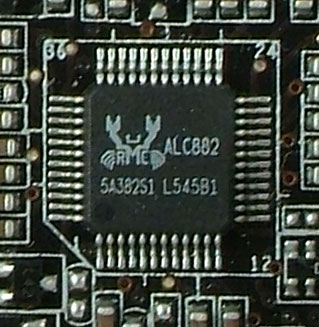
The ALC882 has superb specifications, providing five 24-bit stereo DACs and three 20-bit stereo DACs driving the multimedia features. All DACs provide sample rates to 192kHz and up to 4 channels of microphone input are supported. Signal-to-Noise ratio is specified to be greater than 103dB. Realtek features the ALC882 as a premium HD part.
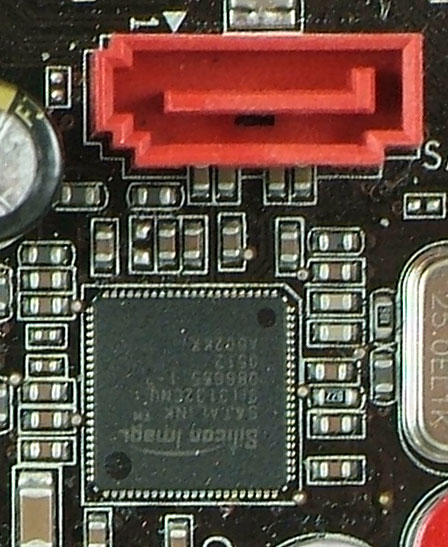
Another addition that justifies the Asus move of the A8R32-MVP to the Deluxe moniker is the addition of a second Gigabit LAN. Where the A8R has just the slower PCI Gigabit Ethernet, the A8R32 adds a second full-speed Gigabit LAN on the PCIe bus. This will be an important addition for some buyers.

The refinements to the A8R32-MVP Deluxe layout are subtle, but they improve on the already excellent design of the A8R-MVP. Asus has a reputation for paying attention to details in their board layouts, and they do not disappoint with the A8R32-MVP.


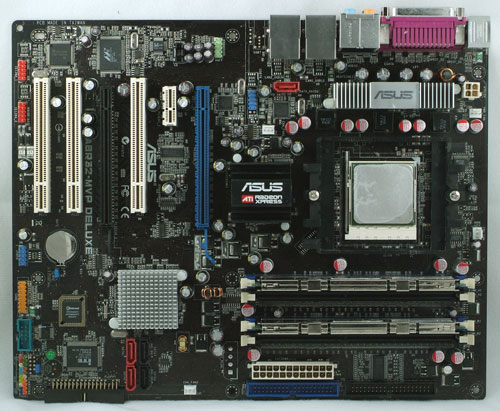








65 Comments
View All Comments
superkdogg - Wednesday, March 1, 2006 - link
If you had been working for half the time you have been whining on every forum you can find, you could have bought two SLI-Experts or whatever motherboard you think has no problems.Dude, get over it. The A8R was not exactly as reviewed here. Is that disappointing? Yep. Unfair? Maybe. Fact is, anybody who bought it for the "serious overclocking" that you're referencing would do a vMod and get on with it. I have two A8R's. One is dead because I was stupid and tried a vMod. My soldering needs work. I bought a second one on refurb for $75 because I realized that in the best case, that vMod might get me another 150 MHz. You know what else would get me 150 MHz? Dusting off a Pentium Pro in my basement. I could also get the 2% benefit that 1T timing would give me from chance, since most 'marks are + or - 2-3%.
I was burned by the same problem you were. I have learned to live with it and am currently happily running 300x9 with ram @ 2.5-4-4-9, 2T (166/200). That's not bad for standard blue heatspreader Patriot that runs about $80 per gig.
DigitalFreak - Wednesday, March 1, 2006 - link
Omid, is that you?yacoub - Sunday, February 19, 2006 - link
Should have run the 3DMark benches with the 7800GTX like all the other boards so at least we could see if the board itself (the object of review) offered any particular performance gain or loss. :[yacoub - Sunday, February 19, 2006 - link
oic now, thanks. :)green bars. tricksy hobbitses!
Missing Ghost - Sunday, February 19, 2006 - link
I am unhappy with the pictures of the board included in this review. I can't see anything on them because they are too dark. I couldn't even tell if they were a firewire port on the back.Wesley Fink - Wednesday, March 1, 2006 - link
The pictures are not overly dark on several monitors we tried in reading the review. I'm sorry I don't have advice in that area.As stated in the review, both Firewire ports are on an accesory bracket included with the motherboard. The bracket will fit in an empty slot or can be routed to case firewire ports.
Googer - Sunday, February 19, 2006 - link
What Phase Power is this motherboard using? 2,3,4,8,24?Beenthere - Sunday, February 19, 2006 - link
Any properly designed 3-phase or greater CPU vcore circuit that complies with AMD's VRM64/T specs will work just fine. If however a mfg. delivers a poor circuit design or uses inferior MOSFETS, caps, etc., then you experience Vcore instability which causes all kinds of operational Hell. More phases just lowers the ripple and spreads the load across more MOSFETS.Beenthere - Sunday, February 19, 2006 - link
BTW, if you check the A8R-MVP, the A8N series and the Asus P5GL-MX you'll see that all of these mobos have been confirmed to have vcore instability problems when tested at the mobo with a DVM or scope. Asus seems to have some significant mobo engineering issues they can't resolve... and that are not present on other brands of mobos using the same chipsets.Ecmaster76 - Sunday, February 19, 2006 - link
Do you work for DFI or Abit or something? This is the third site where I have ran into you flaming Asus constantly!(where did I put that troll repellant)
Seriously, link some proof of said Vcore instability. Show me scope printouts of the Vcore lines (and the 12v rails that were used to drive it)